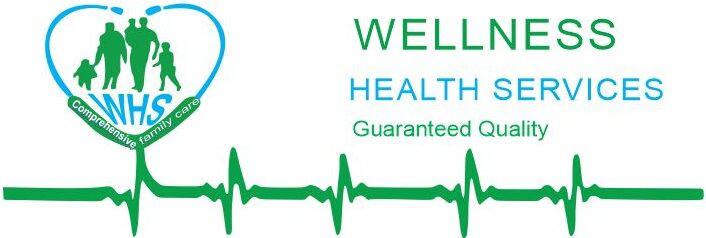“When Passion Becomes Pain”
You once loved your work. Now, even the thought of it drains you.
You’re tired, not just in your body—but in your soul.
That’s not laziness. That’s burnout.
🔥 It’s time we stop glorifying exhaustion and start protecting our well-being.
🧠 Slide 2: What is Burnout?
Burnout is a state of emotional, physical, and mental exhaustion caused by prolonged and excessive stress—especially related to work.
According to the World Health Organization, burnout is:
“A syndrome resulting from chronic workplace stress that has not been successfully managed.”
It’s not weakness. It’s not failure.
It’s a red flag from your mind and body screaming: “I need rest. I need change.”
⚠️ Slide 3: What Causes Burnout?
The roots of burnout run deep. It’s not just about long hours—it’s about feeling trapped, unvalued, or powerless.
Top causes include:
- ⏳ Chronic overwork or unrealistic demands
- 🤐 Lack of control or autonomy at work
- 😔 Feeling unappreciated or unsupported
- ⚖️ Poor work-life boundaries
- 🎯 Lack of clarity or meaning in the work
- 😓 Emotional labor—especially in healthcare, teaching, caregiving
📉 Over time, these stressors wear down your motivation, joy, and even your sense of identity.
❓ Slide 4: How Do You Know If You Have Burnout?
Burnout isn’t just feeling tired—it’s deep depletion. Watch for:
🚩 Emotional Signs:
- Feeling cynical, hopeless, or detached
- Loss of motivation or passion
- Emotional numbness or mood swings
🚩 Physical Signs:
- Constant fatigue, insomnia
- Frequent headaches, GI problems
- Weakened immune system
🚩 Mental & Behavioral Signs:
- Poor concentration and forgetfulness
- Reduced performance
- Isolating from others or avoiding work
🧠 You feel like you’re “just surviving”—not living.
🛠️ Slide 5: How to Overcome Burnout
You can heal—and rebuild stronger. Here’s how:
- Pause & Reflect
- Take a break. Re-evaluate your life and priorities.
- Ask: What am I doing out of fear, not purpose?
- Set Boundaries
- Say “no” more often.
- Protect time for rest, family, and hobbies.
- Practice Daily Self-Care
- Sleep 7–9 hours
- Exercise regularly
- Eat nourishing food
- Practice mindfulness or prayer
- Reclaim Purpose
- Reconnect with what gives your work meaning
- Celebrate small wins
- Seek Support
- Talk to a friend, coach, or mental health professional
- You’re not alone. Burnout thrives in silence—but heals through connection.
🌱 Slide 6: Preventing Burnout for the Long Haul
You don’t have to crash to make a change.
- Take microbreaks during the day
- Create “digital sabbaths” weekly
- Schedule joy and play like appointments
- Surround yourself with people who lift you up, not drain you
- Advocate for healthier work environments
⏳ Remember: burnout isn’t a badge of honor—it’s a warning sign.
💬 Slide 7: Final Words – You Deserve to Thrive, Not Just Survive
“Burnout doesn’t mean you’re broken. It means you’ve been too strong for too long.”
🕊️ Give yourself permission to rest. To recalibrate. To choose peace over pressure.
Because your well-being is your greatest asset.
When you heal, everyone around you benefits.
Let’s build a world where rest is sacred, and where work fuels life—not drains it.
📚 References
- WHO. Burn-out an “occupational phenomenon”. World Health Organization. Link
- Maslach C, Leiter MP. The Truth About Burnout: How Organizations Cause Personal Stress and What to Do About It. Jossey-Bass, 1997.
- Koutsimani P, Montgomery A, Georganta K. The Relationship Between Burnout, Depression, and Anxiety: A Systematic Review and Meta-Analysis. Frontiers in Psychology, 2019.
- Health.com. How Microbreaks Can Help Prevent Burnout. Link
- Verywell Mind. How to Recover From Burnout. Link

